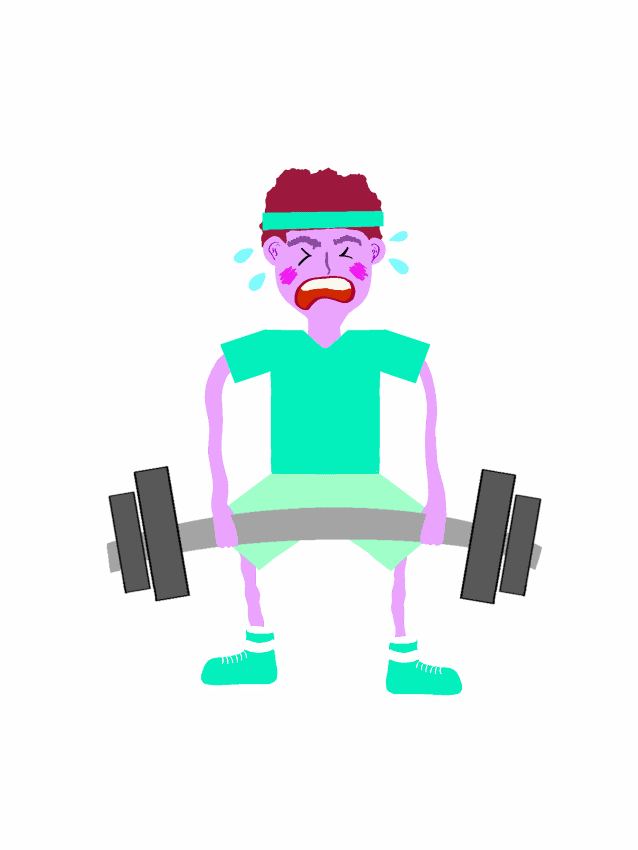
Typically when people worry about their fitness levels, they are concerned with not being fit enough. However, for some, that may not be the case. Teachers, parents and coaches always teach us that more is better, right? Well, perhaps not.
There appears to be a point at which you can train too much and it can have detrimental effects on both your body and your mind. To obtain more information about this issue, the Sheaf sat down with Phil Chilibeck, a professor in the College of Kinesiology specializing in neuromuscular adaptations.
Chilibeck defines overtraining as a “state where you are training hard, but your performance is deteriorating.” This concept may sound confusing, and rightfully so.
If one is training correctly, an increase in performance will occur, whether that be aerobic, such as walking or biking, or anaerobic, like sprinting or weightlifting. Yet with this idea of overtraining, there is the possibility of one’s performance deteriorating or declining if they are training hard, according to Chilibeck.
He explains that one’s body needs adequate time to recover and rest. Chilibeck adds that if the workload exceeds recovery, the potential for overtraining rises substantially. Proper recovery is not only beneficial for athletes, but it is also essential.
When questioned about resolving this dilemma if it occurs, Chilibeck states that the best fix for overtraining is prevention. One of the primary prevention strategies is simply sleep. He states that athletes should average seven to nine hours of sleep every night.
Another prevention strategy Chilibeck notes is following a proper diet. One must be eating sufficient calories and nutrients to fuel their body. Fruits and vegetables, non‑refined carbohydrates and lean protein are all ideals for an athlete’s diet.
Chilibeck also explains that periodization, the cycle for “periods of intensity and periods of easier training,” is an important method for monitoring activity and reducing the chances of overtraining.
These periods of varied intensity can also be called a “mesocycle” where it changes at certain times of the year. For example, an athlete might focus on building endurance from January through April. While May through September, they might switch to strength and muscle gains, and then October to December they reduce the workload to just maintain their strength.
Each mesocycle is structured differently, with some more intense than others. These mesocycles make up what Chilibeck terms “periodization,” where the goal is to prevent an athlete from training hard all year round.
Chilibeck explains how during the competition season, athletes should train to maintain the muscle gains accumulated outside of competition season. This training structure is often used in hockey and allows players the rest their muscles need.
“Right now, players are playing two to three games per week, so their training regime will be easier, as they need more recovery time between games. However, in the off-season, they will be training hard to maximize potential gains for the next in-season,” Chilibeck said.
Another example Chilibeck provides is track and field, where he uses the term “taper.” Tapering means that one trains hard during the in-season, and then one to two weeks before the competition, the athlete backs off on volume to allow enough rest. The athlete would then have a few shorter intense sessions days before the competition.
“This allows the body to overcompensate on the gains you made during your training session,” Chilibeck said.
Chilibeck says athletes need identification strategies to recognize when they are overtraining.
“The best markers are in relation to their psychological state — how the athlete is feeling [and] levels of depression,” Chilibeck said. “Female athletes are often easier to assess for overtraining, as their menstruation cycles can stop altogether. However, for males, you can really only base it primarily off of psychological needs.”
—
Mitch Rohrke
Graphic: Shawna Langer/ Graphics Editor